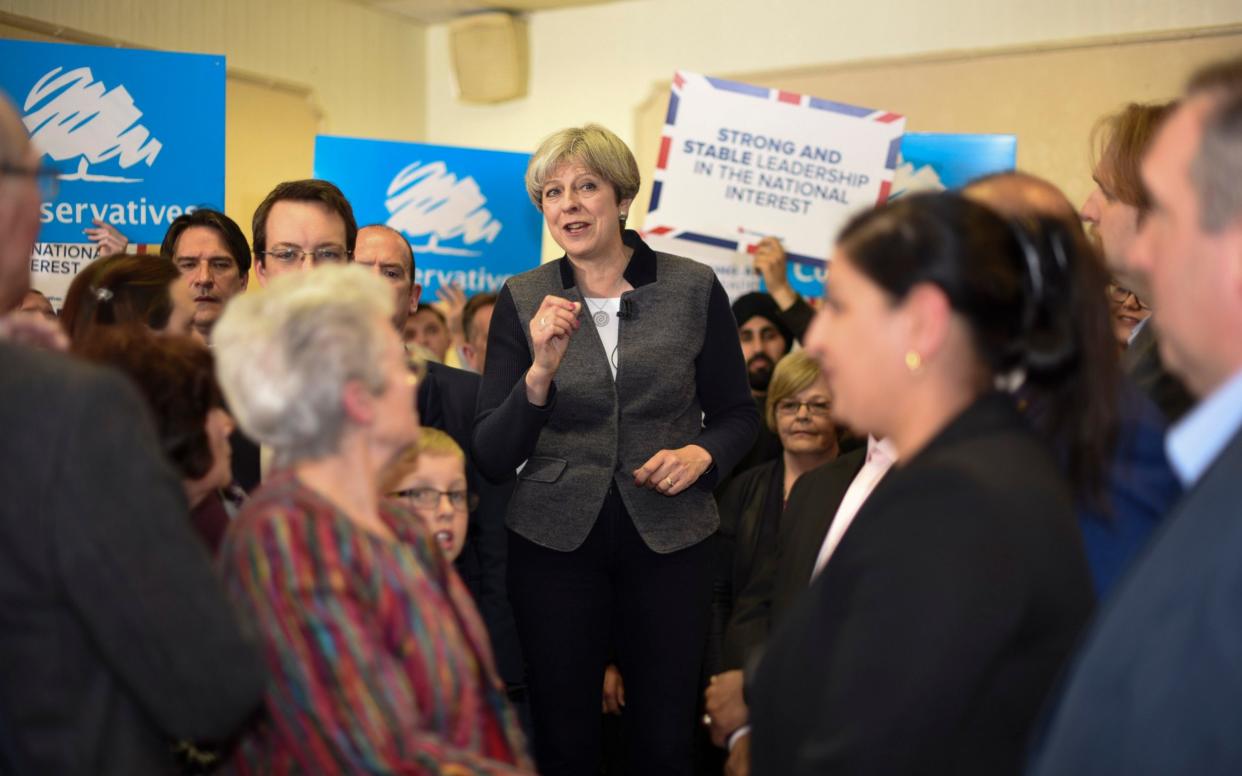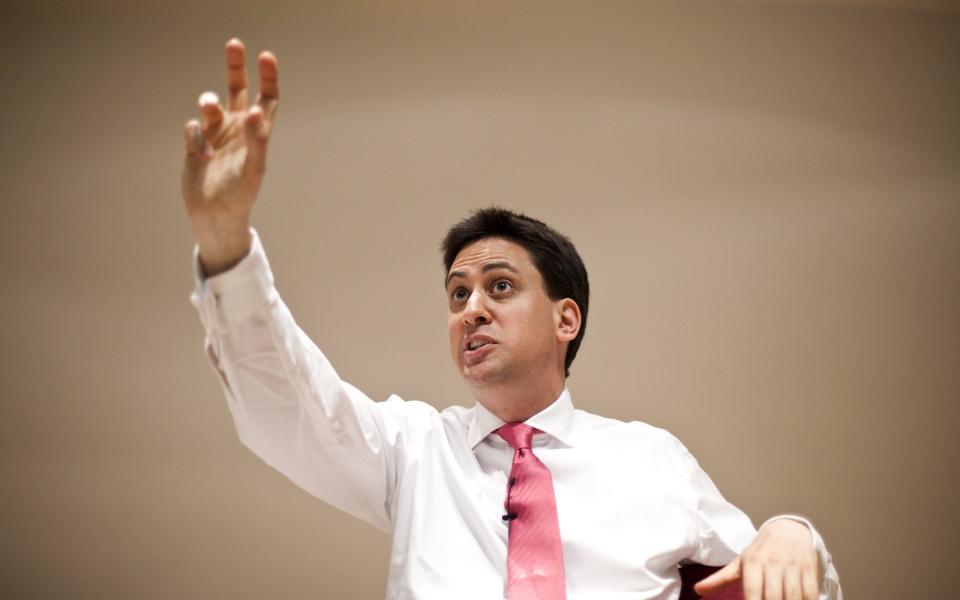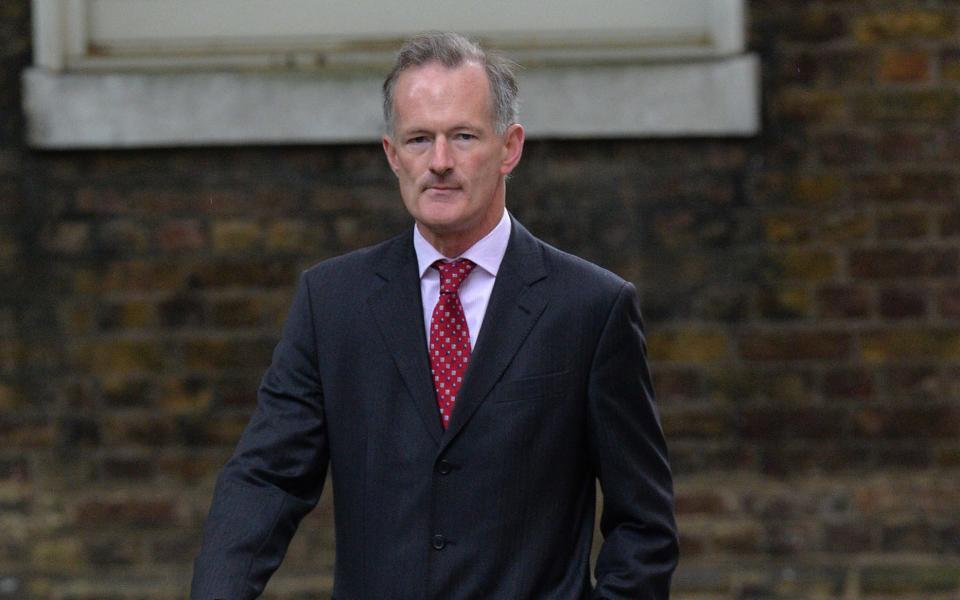An absolute cap on energy prices is a terrible idea – Theresa May needs to look at a relative model

Energy bills and energy company profits are rarely out of the media spotlight or political debate. Energy costs affect household budgets and the overall cost of living: UK households spend over £30 billion a year on electricity and gas alone. Previous Policy Exchange research identified that "Just About Managing" households in marginal seats identify the cost of living amongst their top political concerns, and within this the cost of energy is their principal concern.
The cost of energy is also a significant issue for business: recent increases in energy prices have undermined the UK’s competitiveness versus other countries.
Energy prices have been a perennial issue in recent election campaigns – for example Labour’s proposed "price freeze"in 2015.

This year’s election looks to be no different, with the Prime Minister pledging to include a price cap on energy, following her statement at the Party Conference last year that “where markets are dysfunctional, we should be prepared to intervene”.
The case for further intervention
If dysfunctionality is the test for further intervention, then the retail energy market certainly passes. After endless probes into the energy market by Ofgem, it was eventually referred to the Competition and Markets Authority in 2014. The CMA investigation identified several features of the market that were not working properly, leading to consumers paying £1.4 billion more than they would in a fully competitive market.
A key pillar of the Government’s approach to tackling this has been to persuade more customers to shop around and thereby create more competition between suppliers. However, this approach relies on consumers being engaged. One of the more worrying findings from the CMA investigation is a lack of consumer engagement in the energy market.
The market is split between a group of active "switchers" who generally get a good deal on energy, and a group of inactive "non-switchers" who do not.
Fixed tariffs ending on April 30
The energy market has served the "switchers" well in recent years, with the cheapest fixed price deals falling from £1,100 in 2014 to around £800 today. By contrast, the Standard Variable Tariffs (SVTs) paid by non-switchers have increased dramatically since 2006, and continue to increase – five of the ‘Big 6’ suppliers have announced an increase in their Standard Variable Tariff already this year.
What are the Big Six energy companies?
There is a competitive market for fixed term energy deals. But this has not been sufficient to encourage more sticky customers to switch, or to encourage incumbent providers to reduce their SVT prices.
Many customers are still deterred from switching due to a lack of information, the complexity of the process, the time involved, perceived risks about the process of switching, or some sense of loyalty.
Price Comparison Sites can play an important role in facilitating switching, but they themselves profit by charging commission. The current rules allow switching sites to hide the best deals if they wish, limiting would-be switchers to the deals where they take commission.
Tellingly, the evidence suggests that the non-switchers are disproportionately likely to be on lower incomes, less educated, have poorer access to technology, or be vulnerable or elderly households. Or to put it another way, the "Just About Managing" households who are likely to swing this election.
The question is now not if, but how you intervene
Given this context, it is unsurprising that the Prime Minister has pledged further intervention in the energy market. The question now is not if there will be further intervention, but how this will be taken forward.
Generally when people think about price caps they mean an absolute cap on the amount that a company may charge for a product or service. In order to implement an absolute cap, the Government would need a very sophisticated model of the individual costs of selling electricity and gas – including judgements on current and future wholesale costs, policy and network costs, operational costs, and supplier hedging strategies.
It would also need to take a view on what represents a suitable profit margin – high enough to make it attractive for firms to stay in the market, but not too high that they can overcharge.
Ofgem has struggled with this task in the past: their previous Supplier Market Indicator, which provided only some of this data, was suspended and later cancelled due to its inaccuracy.
The CMA investigation itself took two years to get a handle on supplier costs and profit margins – and even then the results were highly contested. Leaving the question of price setting to Ministers would be too much political risk for some market participants to bear.

The setting of an absolute cap on energy would represent a significant leap towards re-regulation of the energy market. It could severely impact competition, innovation and investor confidence.
One of the adverse effects of a price cap could be that all prices tend upwards towards the cap, since the cap itself mollifies any criticism of overcharging. It could mean that the low price deals are withdrawn from the market (as firms can no longer cross-subsidise them). Suppliers would have less of an incentive to innovate. New entrants to the market could be deterred, and some suppliers may exit the market altogether if it becomes sufficiently unattractive.
Is a relative price cap a credible alternative?
Policy Exchange has proposed an alternative model - a relative price cap on energy. This seeks to address the concern that some people are paying more for energy than others, but does so in a way which is far less interventionist than an absolute price cap. This idea was promoted by John Penrose MP in his recent campaign on energy prices.

Under this model, Government and Ofgem do not have to set prices or get into the detail of energy supply costs at all. They simply set a cap on the differential between the highest and lowest price charged by each supplier.
Suppliers would be free to set their prices however they like, provided that they obey this rule. Many customers would still be on fixed term deals, but when these deals end and they move back on to the SVT they would not be hit with a massive jump in the price they pay. Switchers could still switch onto a cheaper deal if they wish, and loyal customers would not get fleeced.
Crucially, by limiting the degree of Government intervention, the impact on competition and innovation is also minimised. There would still be a competitive market, and innovation can continue. All suppliers would be under pressure to create attractive fixed term deals to acquire new customers, and also to reduce their SVT. Recent analysis by Cornwall Energy suggests that small suppliers would be less affected by a relative price cap than large suppliers – therefore the policy would still encourage growth of competitors.
The Prime Minister has already made her position clear: the Conservative Manifesto will include a price cap on energy. Our view is that implementing a relative price cap is significantly more attractive than an absolute price cap. It is consistent with the Prime Minister’s philosophy of intervening in dysfunctional markets, but does so in a way which preserves a competitive energy market. It would likely achieve much of the same benefit for consumers, with far less Government involvement in the market. It is a model which should be considered further.
Richard Howard is Head of Energy and Environment at Policy Exchange.

 Yahoo News
Yahoo News 
